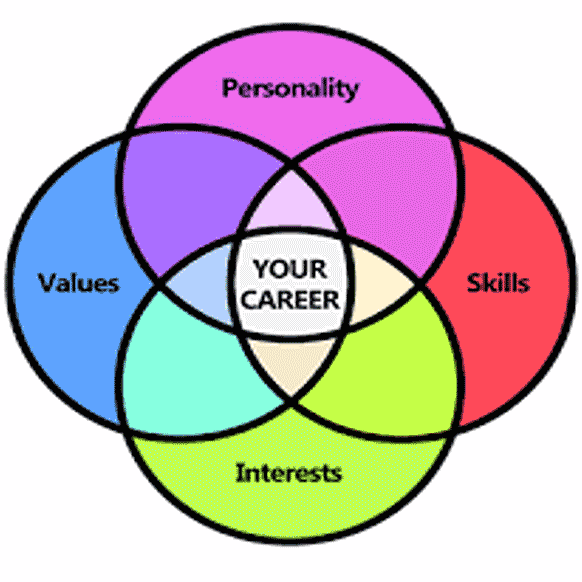Have you started thinking about different career paths but not sure which one is right for you?

Welcome to the career exploration stage!
Making the transition into the workforce can often feel intimidating. There are so many factors that come into play while trying to figure out the best career for you. The career exploration stage provides the opportunity to discover different skills, interests, industries and much more. In this phase your goal is to seek information!
It is important to note that career exploration can be ongoing and evolves along with different professional goals and aspirations.
The information provided in the sections below details a few tips to help navigate career exploration stage. There are also some external links and resources.
Ready to find that job? Let’s talk about Career Readiness.

Once you have a strong understanding of your:
- Skills & career interests
- The industry you are interested in
- The type of position you are looking for
- And a list of organizations or companies you would like to be employed at
You are ready to start working on your job search strategy. In this phase you have one goal: a job offer!
In order to secure a job offer, your job searching materials must be competitive and up to date. A resume and cover letter will be required to apply to jobs that you are interested in. You may need to spend some time practicing your interview skills, to ensure you are able to successful convey how your skills and experience are a match for the position you are applying to. Lastly, its important to ensure your professional online presence aligns with your application materials, a quick LinkedIn refresher will help to keep your professional profile up to date.
The sections below describe everything you will need to complete your application materials, prepare for an interview, and secure a job offer. Don’t forget to check out the resources to see examples of how to customize your materials for a successful job search.
Resume
There are two common formats of resumes: reverse chronological & functional, also known as skills based. The chart below provides an overview, advantages/disadvantages, as well as samples of each version.
|
Reverse Chronological Resume |
Functional Resume (Skills Based) |
| Overview |
Lists your work history in reverse order, starting with your current or most recent job and working backwards. |
Focuses on skills and strengths important to employers. Omits specific dates, names, and places. De-emphasizes a spotty work history. |
| Advantage |
Easy to write. Emphasizes steady employment record. Employers like to see job titles, level of responsibility, and dates of your work history. |
De-emphasizes a spotty work history. Allows you to highlight specific strengths and transferable skills that might not be obvious when outlined in purely chronological order. |
| Disadvantage |
Calls attention to employment gaps. Skills can be difficult to spot unless they are listed in the most recent job. |
Disliked by many employers. It makes them think you may be trying to hide your age, employment gaps, lack of relevant experience, lack of career progression, or underemployment. |
| Best Used |
To emphasize past career growth and development in the same career. Or when the name of a former employer may be significant to prospective employer. |
To emphasize transferable skills you have used in volunteer work, paid work, or coursework. Use this or a combination resume if you are a new graduate, have limited work experience, are changing careers or doing freelance work, or you do not want to call attention to your age. |
| Don’t use |
There are gaps in your work history, when calling attention to your age could be a problem, you have changed jobs often, or you are entering the job market for first time or after a long absence. |
You want to emphasize growth or development or if your duties and responsibilities in recent jobs were limited. |
| Resume Samples |
Reverse Chronological Sample |
Functional Resume Sample |
Cover Letter
No job application is complete without a cover letter. The key to writing an effective cover letter is to clearly show how your professional experience fits the needs of the open role and the culture of the hiring company.
A cover letter is a succinct and to the point three paragraph letter to employers explaining your interest in a particular position and why you are the ideal candidate for the role. It’s typically submitted along with your resume in a job application. This letter should highlight your skills, experience and achievements relating to the position you are applying to. Refrain from repeating everything you listed on your resume, cover letters are an opportunity for you to go into more detail about your professional career and explain why you are the ideal candidate for the role and company.
Cover Letter Sample & Template


